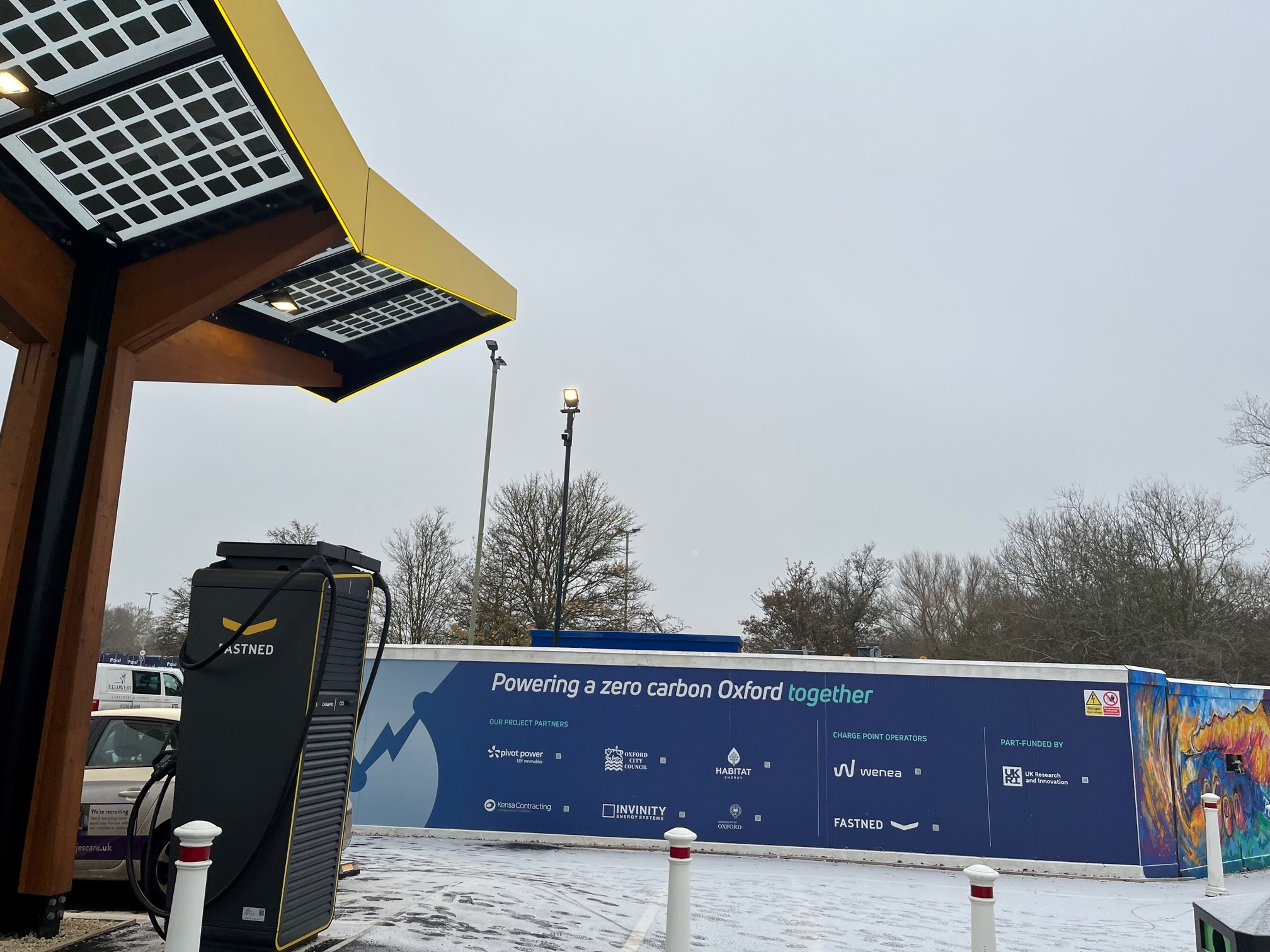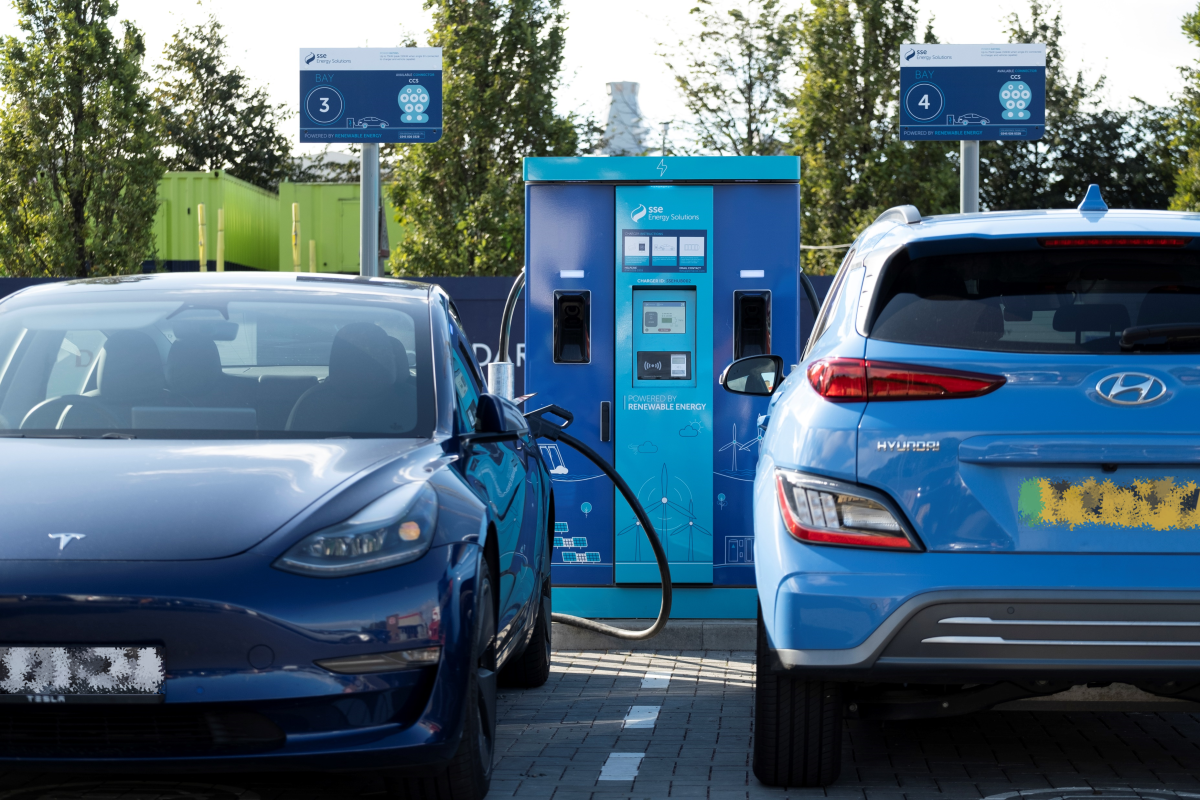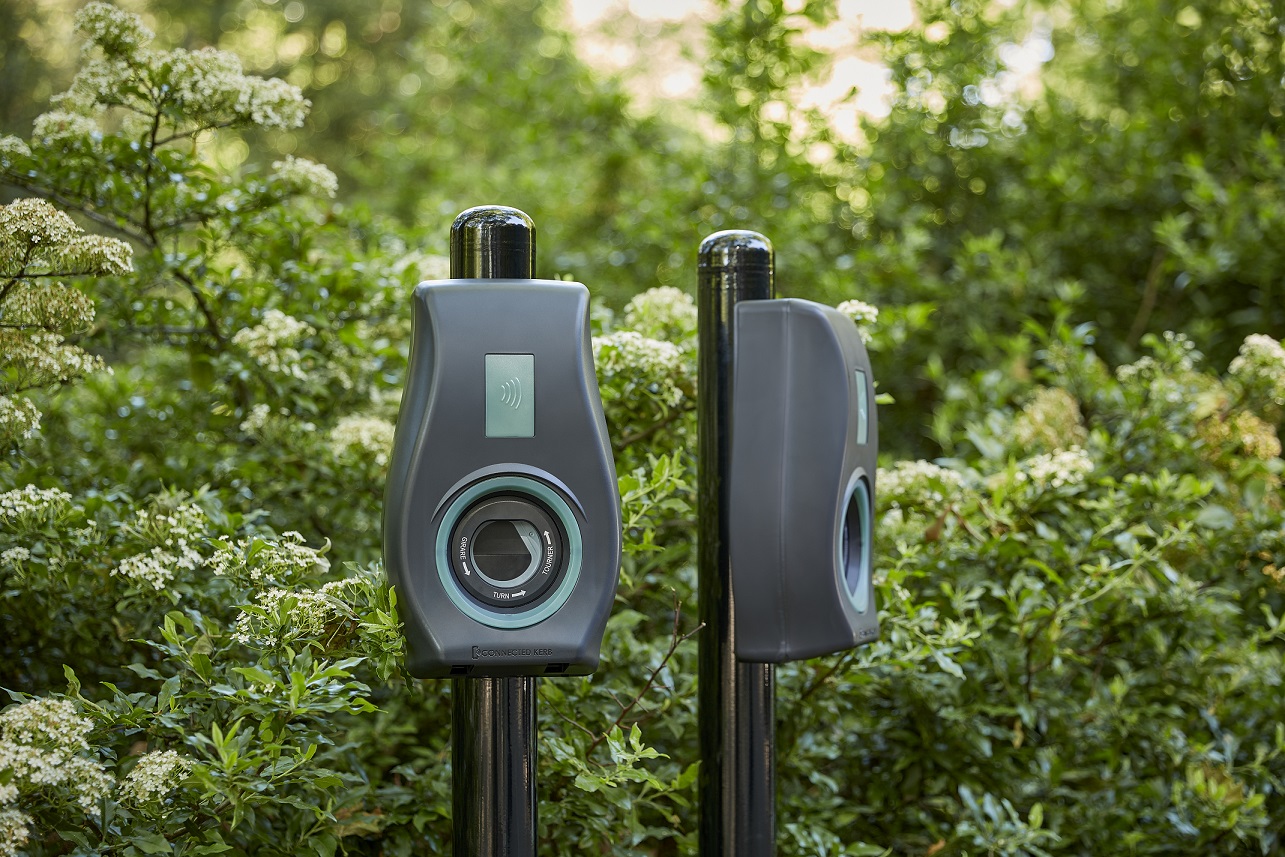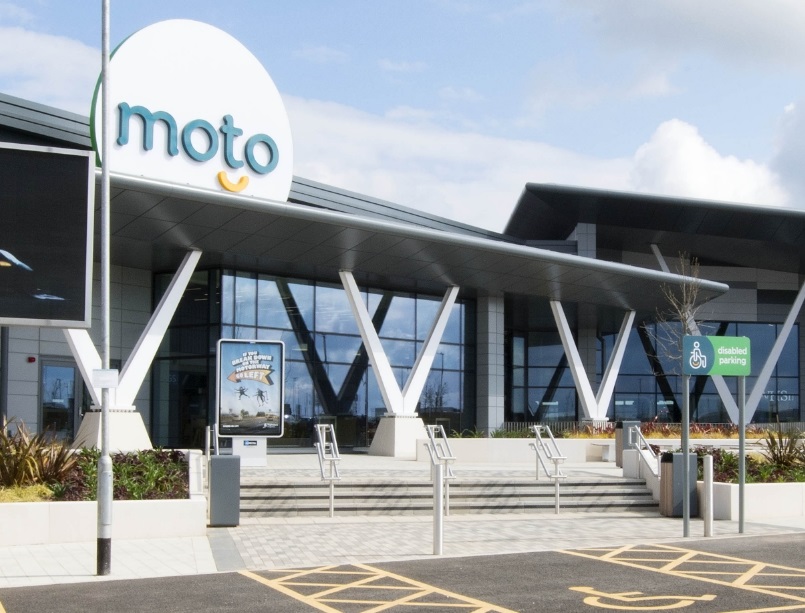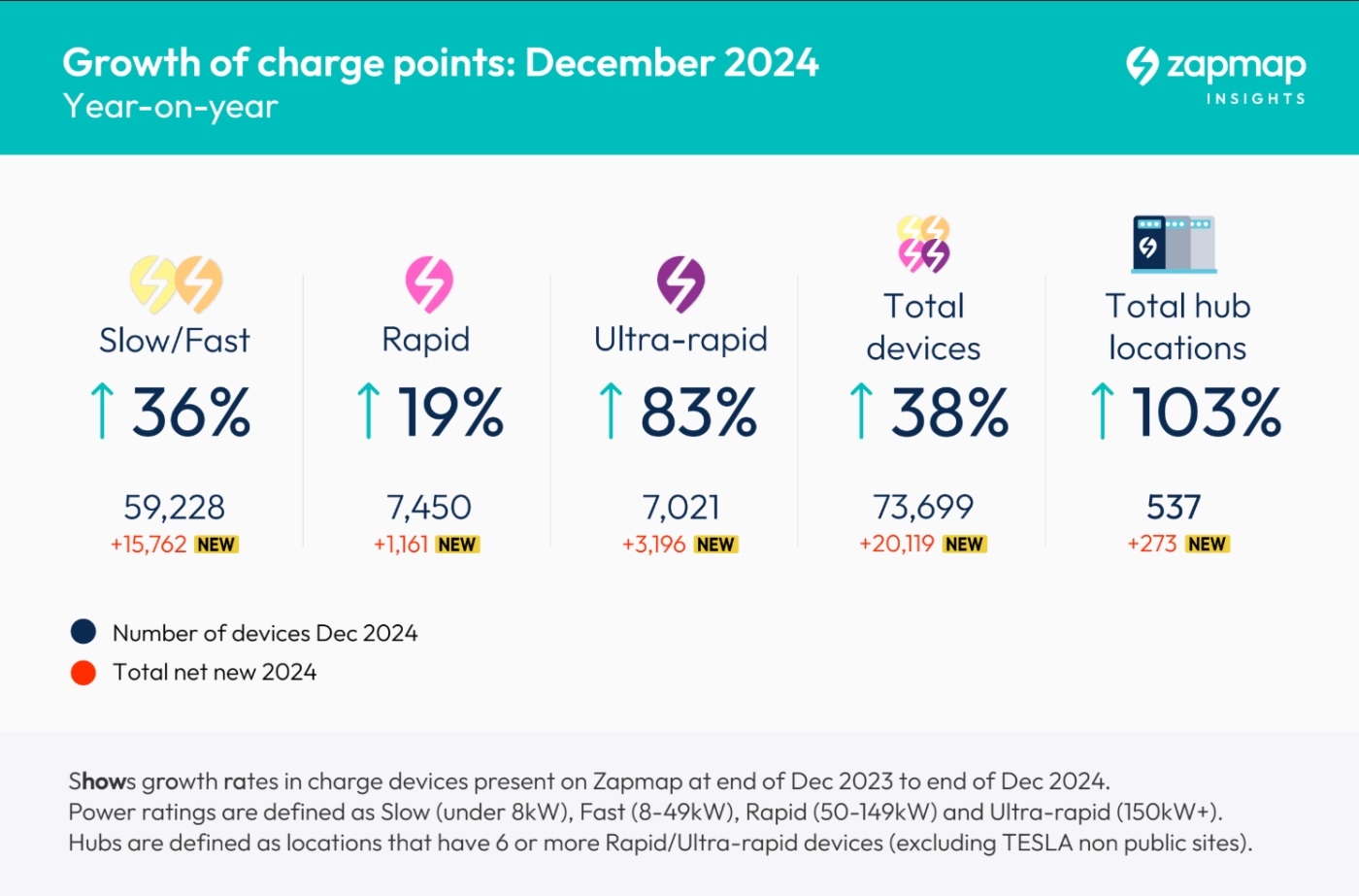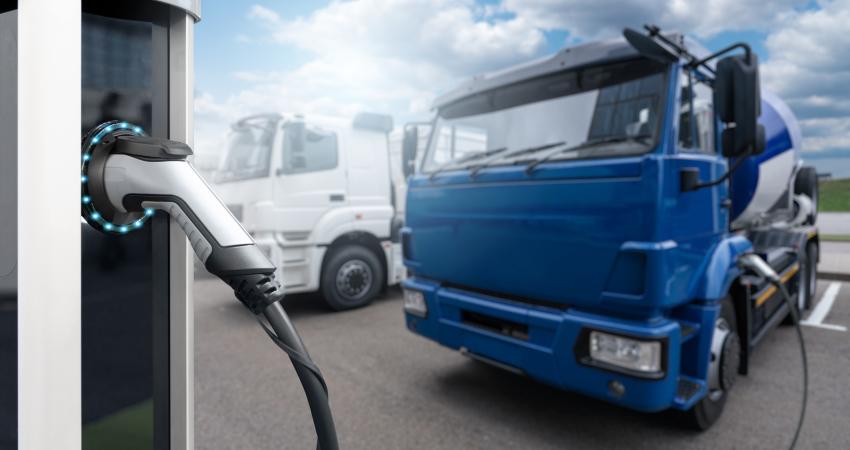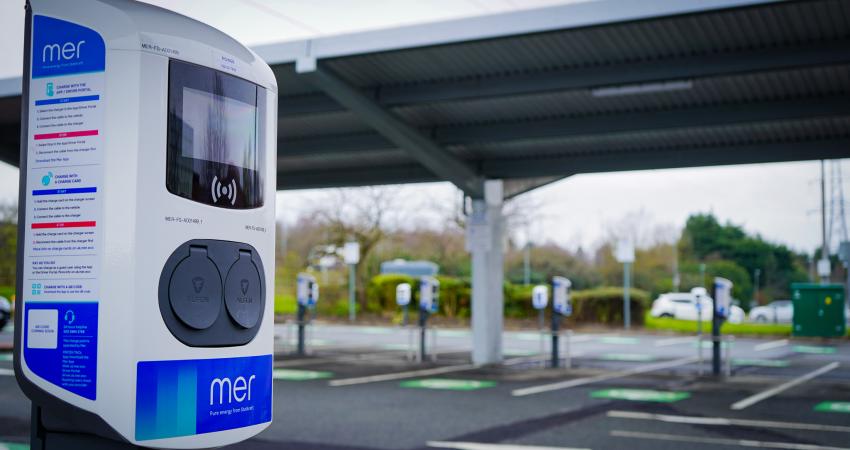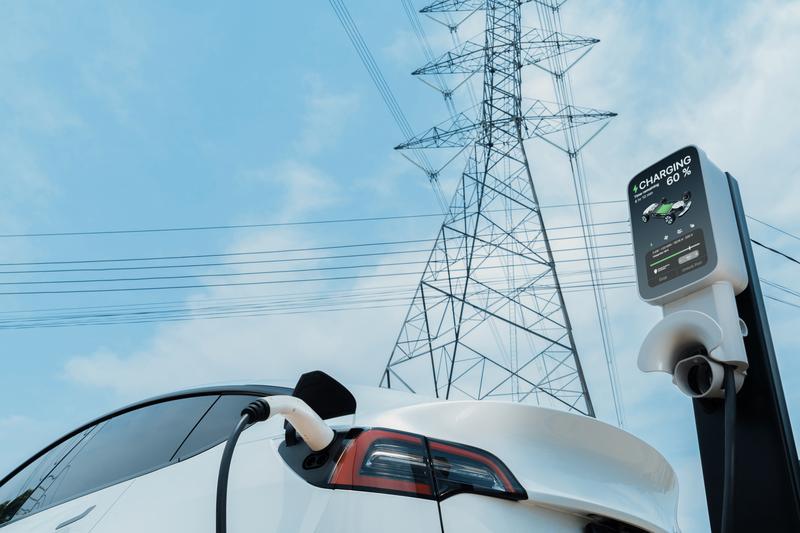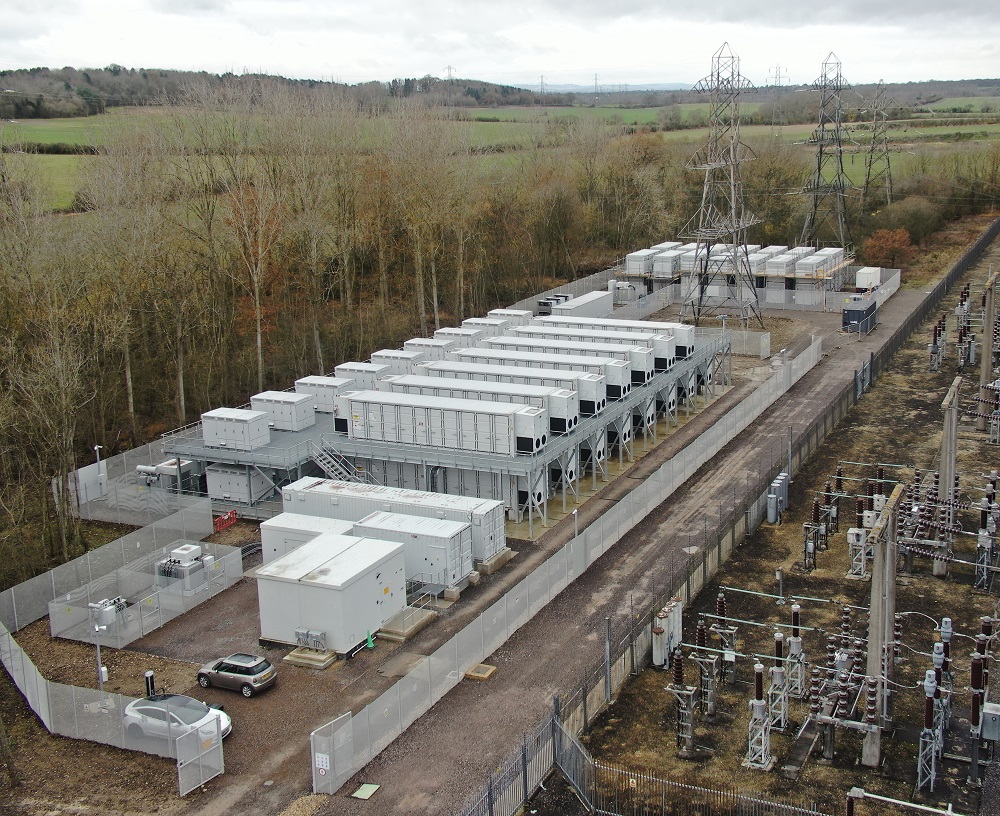
Since its opening, around 32,000 vehicles have been charged, saving approximately 732.66 tonnes of carbon, the equivalent of planting around 4,300 trees in the Oxford area to absorb the CO2 in the atmosphere. It has also provided 1,145 MWh of power to local residents.
Energy Superhub Oxford, a partnership between EDF Renewables UK, Oxford City Council, Fastned, Tesla Superchargers and Wenea, is the first example of a new model spearheaded by EDF Renewables UK, with the UK’s first transmission-connected battery combined with Europe’s most powerful EV charging network. It supplies power for rapid charging for EVs and vehicle fleets, meeting the rising demand for power that electrification brings without overburdening the local electricity distribution network. On average, data shows it supports roughly 95 charging sessions per day, enabling residents to drive around 3,309,248 miles over the course of the year, powered by clean energy.
Throughout 2022, 9,084 EVs and 4,967 hybrid petrol and diesel cars were registered in Oxfordshire, compared to 5,022 battery electric cars and 3,695 hybrid petrol and diesel cars in 2021. According to the DVLA, half (50.8%) of newly registered vehicles in Oxfordshire were electric in June 2023, the highest uptake figures in the whole of the UK. This indicates that, with ESO providing consumers with the option of clean energy infrastructure on their doorstep, citizens in the region are making greener choices. With demand for EVs showing no signs of diminishing, the technology’s connection to the transmission grid – effectively the motorway of the electricity system – means the future-proof hub can continue to scale as demand increases.
In ESO’s first year, it has become a key piece of the puzzle in scaling up green transport and power in Oxford. The infrastructure is allowing companies like Oxford Bus Company to bring a brand-new fleet of 104 electric buses to the city from the end of 2023. The city has an ambitious goal of achieving net zero carbon emissions by 2040 - ten years ahead of the legal deadline set by the Government. With the increase in EV uptake, Oxford is now well on its way to the Government’s Road to Net Zero Strategy forecast of having at least 1 in 5 cars fully electric by 2030, and ahead of many other regions in the UK.
This project is part of EDF Renewables UK's nationwide rollout of Energy Superhubs. The company plans to deploy 40 Energy Superhubs across the UK, with the next two battery storage projects already underway in Coventry and Sandwell. Once complete, the network could provide almost 10% of the energy storage that the UK is predicted to require by 2035.



